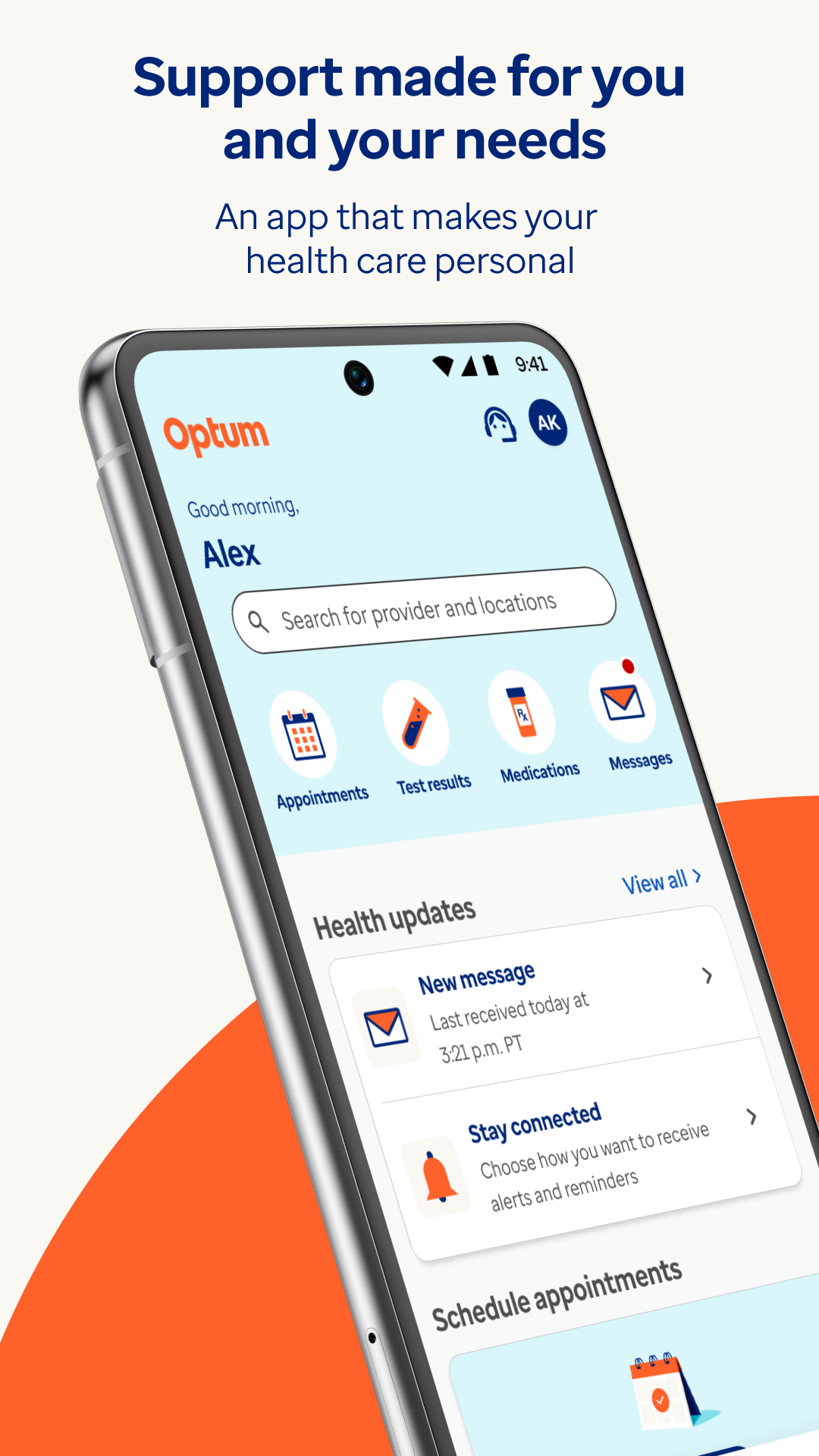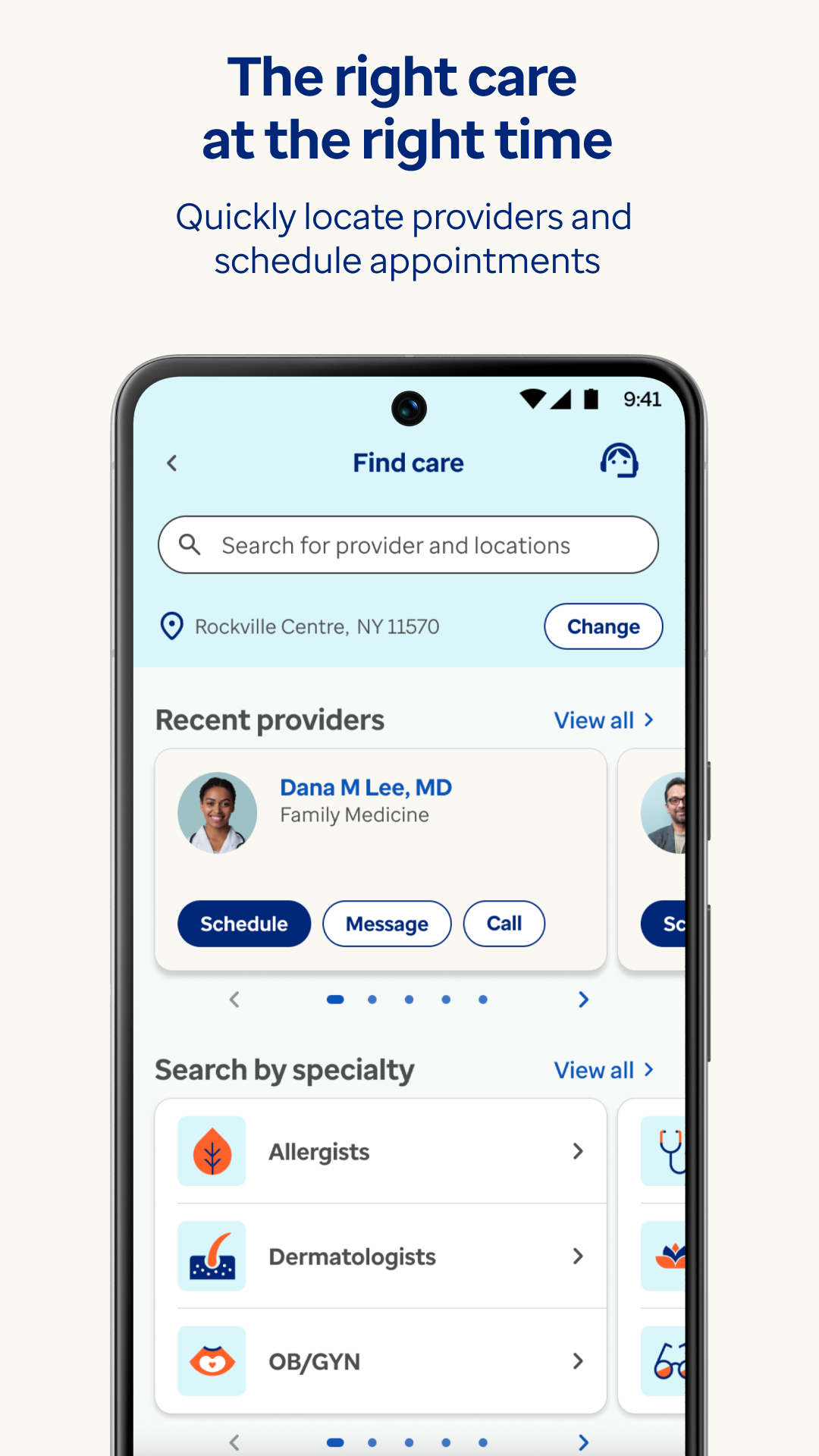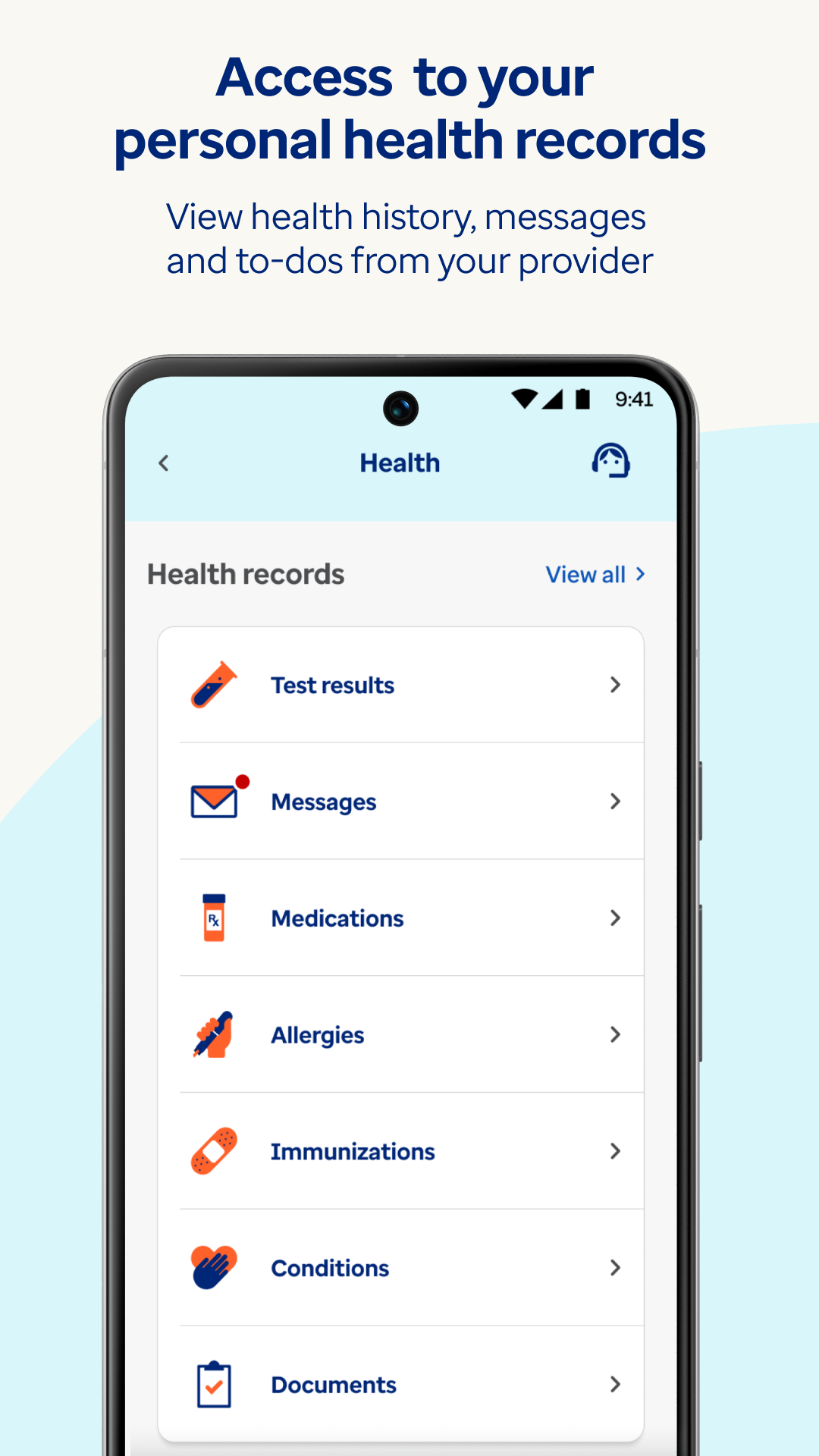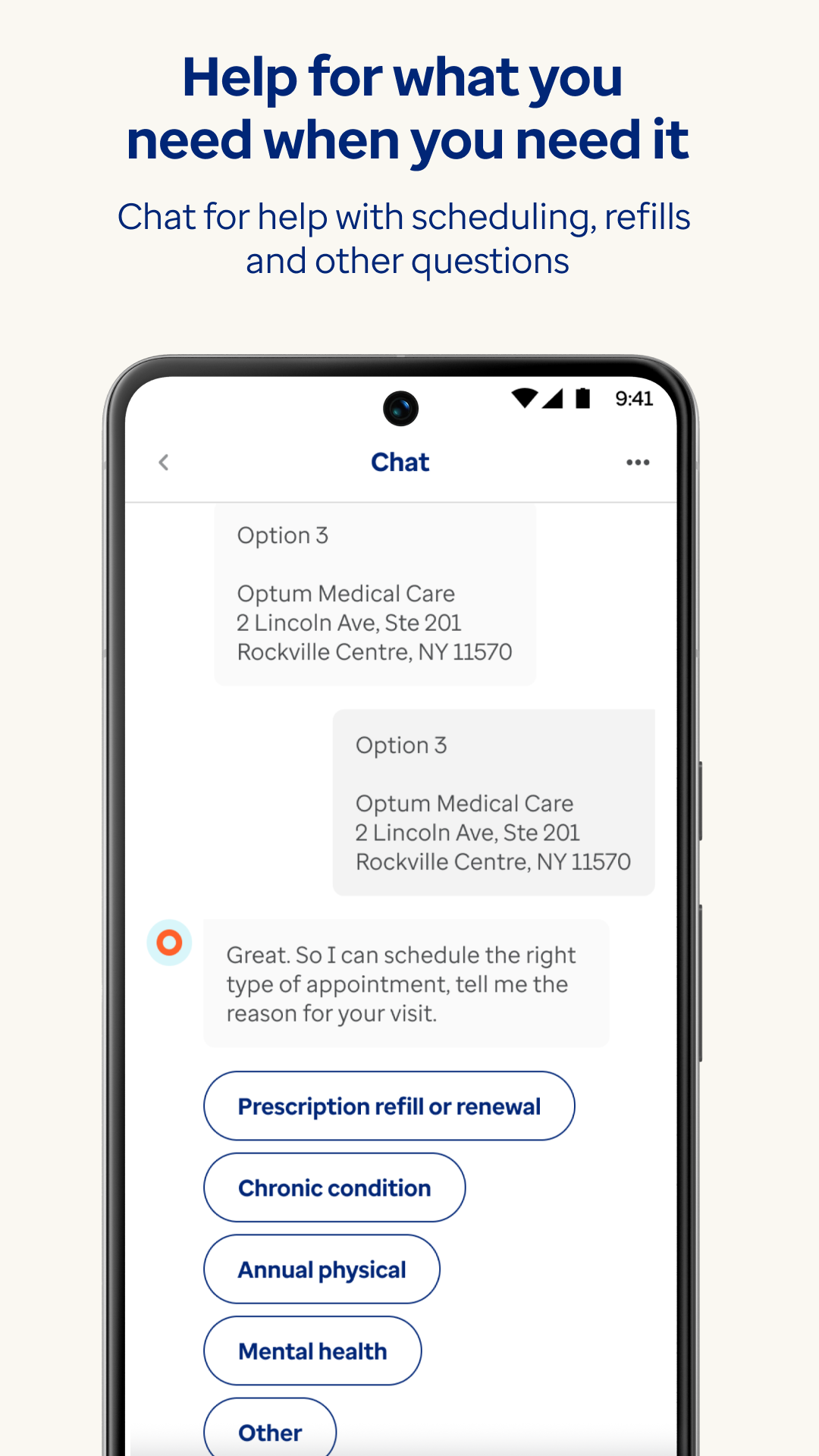Role
Principal Product Manager
Timeline
2018 - 2022
Key Skills




Project Overview
As a strategic advisor for the Mobile Center of Excellence at Optum, I contributed to establishing Mobile Maturity Model standards and frameworks that established quality and experience baselines across the organization. My work helped influence various app roadmaps and supported the eventual consolidation under a flagship app.
The project involved implementing best practices for A/B testing, feature flagging, accessibility, and localization. I led change management initiatives for various app teams, helping them adopt these new standards and practices. We leveraged tools like Branch.io, Launch Darkly, and Adobe Analytics to track and improve the entire app lifecycle performance and user experience.
Key Challenges
- Optum had dozens of separate mobile applications with inconsistent quality standards, user experiences, and development practices.
- Each business unit operated independently with different priorities, making it difficult to implement organization-wide standards and best practices.
- Limited visibility into app performance and user behavior made it challenging to identify improvement opportunities and measure success.
- Accessibility and localization were inconsistently implemented, creating barriers for users with disabilities and non-English speakers.
Solution & Approach
Mobile Maturity Model
Developed a comprehensive maturity model that defined quality and experience baselines for mobile applications. Created assessment tools and roadmaps that helped teams understand their current state and plan improvements to reach higher maturity levels.
Experimentation Framework
Implemented best practices for A/B testing and feature flagging using Launch Darkly, enabling teams to test new features with limited audiences before full rollout. Established metrics and KPIs to measure success and guide decision-making.
Analytics & Measurement
Deployed Adobe Analytics across applications to create a unified view of user behavior and app performance. Developed dashboards and reporting tools that provided actionable insights to product teams and stakeholders.
Key Contributions
Accessibility & Localization Standards
Developed comprehensive accessibility guidelines that ensured all Optum mobile apps were usable by people with disabilities. Created localization frameworks that made it easier for teams to support multiple languages and regional preferences.

Deep Linking & Attribution
Implemented Branch.io for deep linking and attribution across Optum's mobile ecosystem. This enabled seamless user journeys between apps and provided valuable data on marketing campaign effectiveness and user acquisition channels.

Change Management
Led change management initiatives that helped app teams adopt new standards and practices. Created training materials, conducted workshops, and provided ongoing support to ensure successful implementation across the organization.

Feature Flagging & Experimentation
Implemented Launch Darkly for feature flagging and A/B testing across mobile applications. This enabled teams to safely roll out new features, test different approaches, and make data-driven decisions about product development.

Results & Impact
52% increase in user engagement
Improved user experiences and targeted feature development led to significantly higher engagement metrics across key applications.
35% improvement in development efficiency
Standardized practices and shared knowledge reduced duplicate work and accelerated feature development across teams.
40% reduction in quality issues
Implementation of quality standards and testing practices significantly reduced bugs and crashes in production apps.
4.7/5 App Store rating
User satisfaction increased dramatically, with apps implementing the maturity model receiving significantly higher ratings.
28% increase in digital care utilization
Improved experiences led more patients to use digital channels for care management, appointment scheduling, and provider communication.
95% WCAG 2.1 AA compliance
Accessibility standards implementation resulted in near-complete compliance with WCAG 2.1 AA guidelines across all mobile applications.
Key Learnings
Data-Driven Decision Making
Implementing comprehensive analytics and experimentation frameworks proved essential for making informed product decisions. By establishing clear metrics and KPIs, teams could objectively evaluate features and prioritize improvements that delivered the most value to users and the business.
Incremental Standardization
Rather than forcing immediate compliance with all standards, an incremental approach with clear maturity levels allowed teams to make steady progress at their own pace. This reduced resistance to change and created a culture of continuous improvement rather than disruptive transformation.